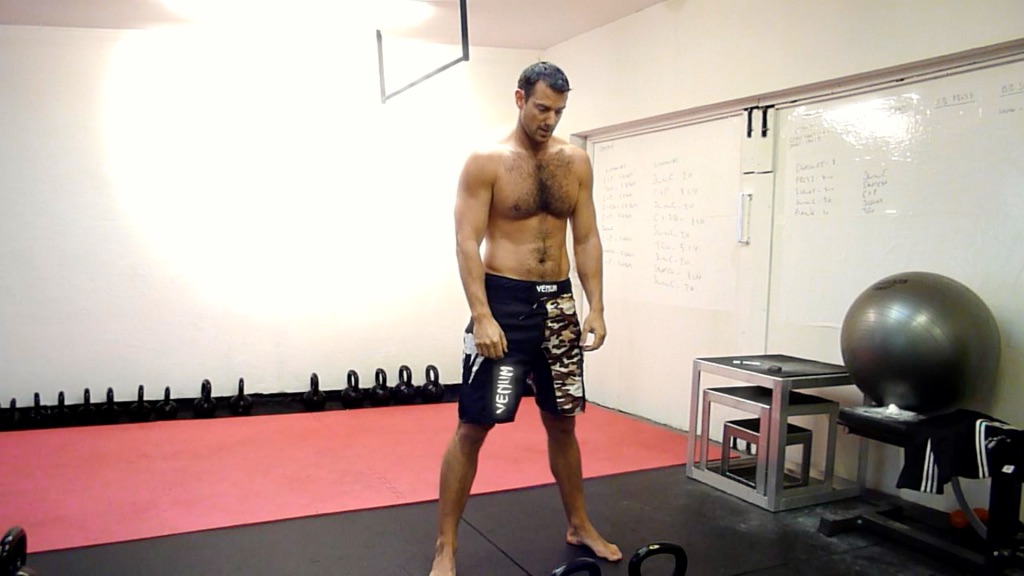This can be quite a hard concept for people to understand, its not a very intuitive thing to think that building up your muscle mass will help you lose weight, but once you understand the mechanisms of how it works, it’ll make sense.
Here are the main ways in which it helps.
- Increased resting metabolic rate – Muscle tissue is metabolically active and requires energy to sustain. Approximately 6 calories per 1lb of muscle. So if you were to add 10lbs of muscle, you would burn an extra 60 calories per day just for having that extra muscle on your body.
- Increased capacity for glycogen/calories – Muscle tissue is the storage site for carbohydrate food once its digested. An increase in muscle size means an increased storage capacity for carbs. In other words, people who’ve added lean tissue can consume more calories than someone who hasn’t, without worrying about them being stored as fat.
- Increased insulin sensitivity – Because muscle tissue is the storage site for carbs, your muscles will always want to replenish after a workout. So increased muscle mass means your body is better at handling sugar. The other destination for carbs once you’ve eaten them is a fat cell. So where would you rather it goes? Into muscle cells or fat cells? Better start lifting then!
- Increased capacity for endurance – Some one who has increased muscle size and strength will have an increased capacity for endurance events/sports. This extra power and force from being strong means that their cardio efforts whether thats cycling, running, swimming, playing sport or any other activity are more productive, thus burning more energy up and ultimately helping to create an energy deficit and burn fat.
- Less injuries or downtime – Something that often interrupts someones attempt to lose weight is an injury, especially if they choose to do lots of running. Building strength and muscle helps protect joints therefore injuries are less common, which means no interruptions to training and fat loss efforts can continue.
- Better sleep and lowered stress – Lifting weights is a great way to de-stress and clear your mind, it also releases endorphins. This makes us feel good, when we feel good we tend to be more resilient and are better able to cope with our emotions and so on. Furthermore if you’re having great workouts and making progress in your training, you’ll probably have an easier time getting to sleep and sleep deeper. Studies consistently show that people who get high quality sleep are less likely to be overweight.
- Excessive Post exercise Oxygen Consumption – High intensity Strength training workouts continue to burn calories for 24 hours after the session is over. This effect is known as EPOC (Excessive Post exercise Oxygen Consumption) and in studies comparing steady state running with weight training, lifting weights came out on top in regards to the amount of calories burned. The level of intensity required to get a noticeable effect from EPOC is very high and therefore this training protocol is only useful when you have a solid strength foundation and aerobic base. I personally found it was very noticeable when doing the 100 rep snatch test in 5 minutes with a 24kg kettlebell or above, on a weekly basis. The only way you’re going to get to that level is to build some strength and muscle first.
So there you have it, 7 reasons how building muscle and strength will help you become leaner. Some of them on their own might not seem like they help much, but when you bring all of this together in a consistent fashion along with some good eating decisions, you’ll be amazed at the results.
Ladies, I know often you’re concerned about adding muscle and presume it’ll ultimately make you bigger, heavier or bulkier, but I can promise you that that won’t be the case at all, in fact it’ll do the opposite. Building muscle is a very slow process and you’d be lucky to add 5lbs of muscle within 6 months. But assuming you were very consistent, pushed hard and did, you’d for sure notice a slimmer waistline and/or leaner toned arms.
Weight training should be viewed as a life long endeavour, it doesn’t need to take up much time, for example, 2 x 30 minute sessions per week would yield results if done consistently year after year. Obviously if you have more time to dedicate to it, you’ll see more rapid results.
If you’re not sure where to start, consider coming along to a beginner kettlebell class and/or booking a 1-2-1 PT session, where I’ll break down the movements and coach you from the ground up to ensure you get off to the best possible start.
Stay happy, stay healthy.
Pete Luffman, owner Bristol Kettlebell club.

